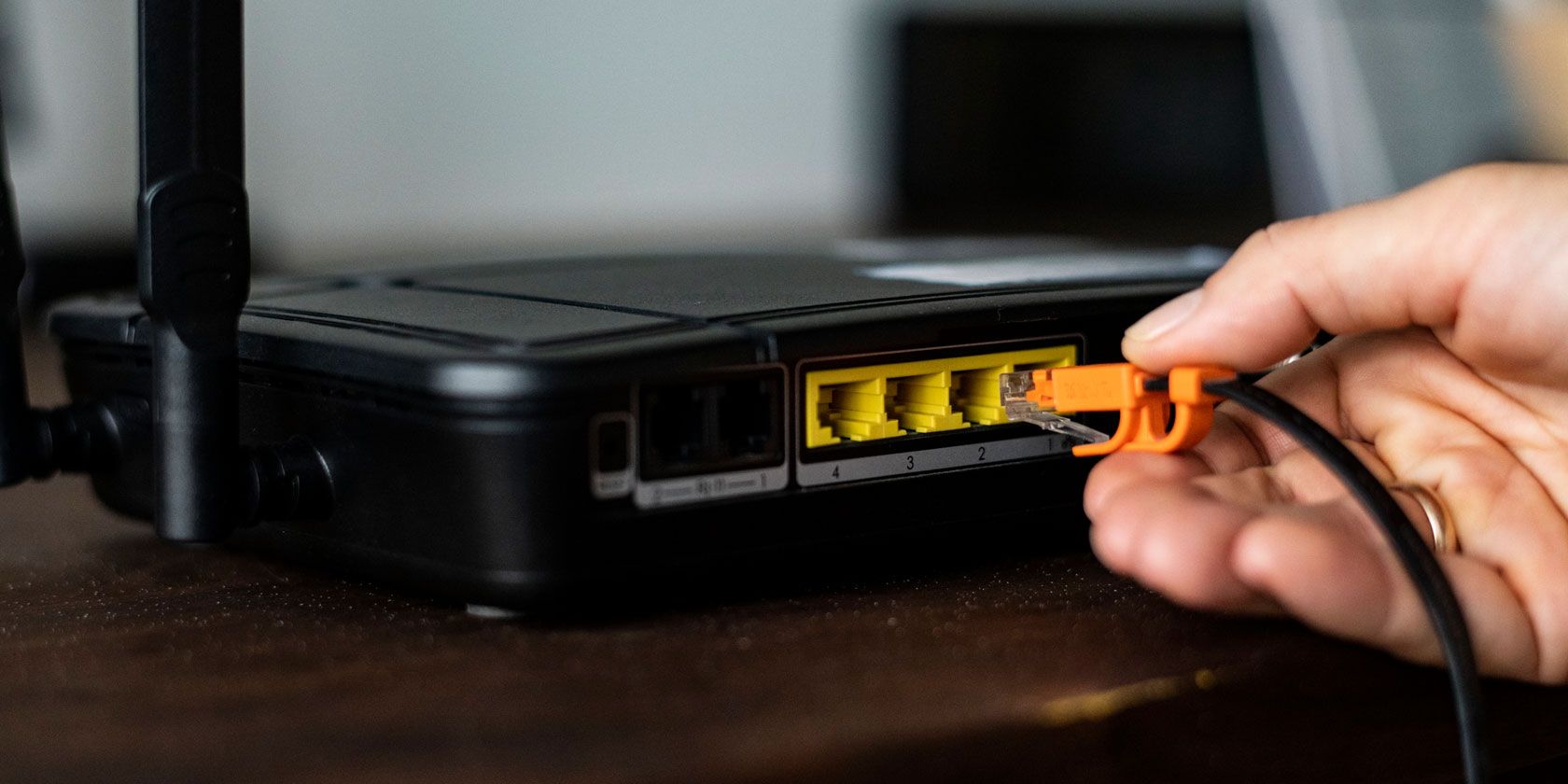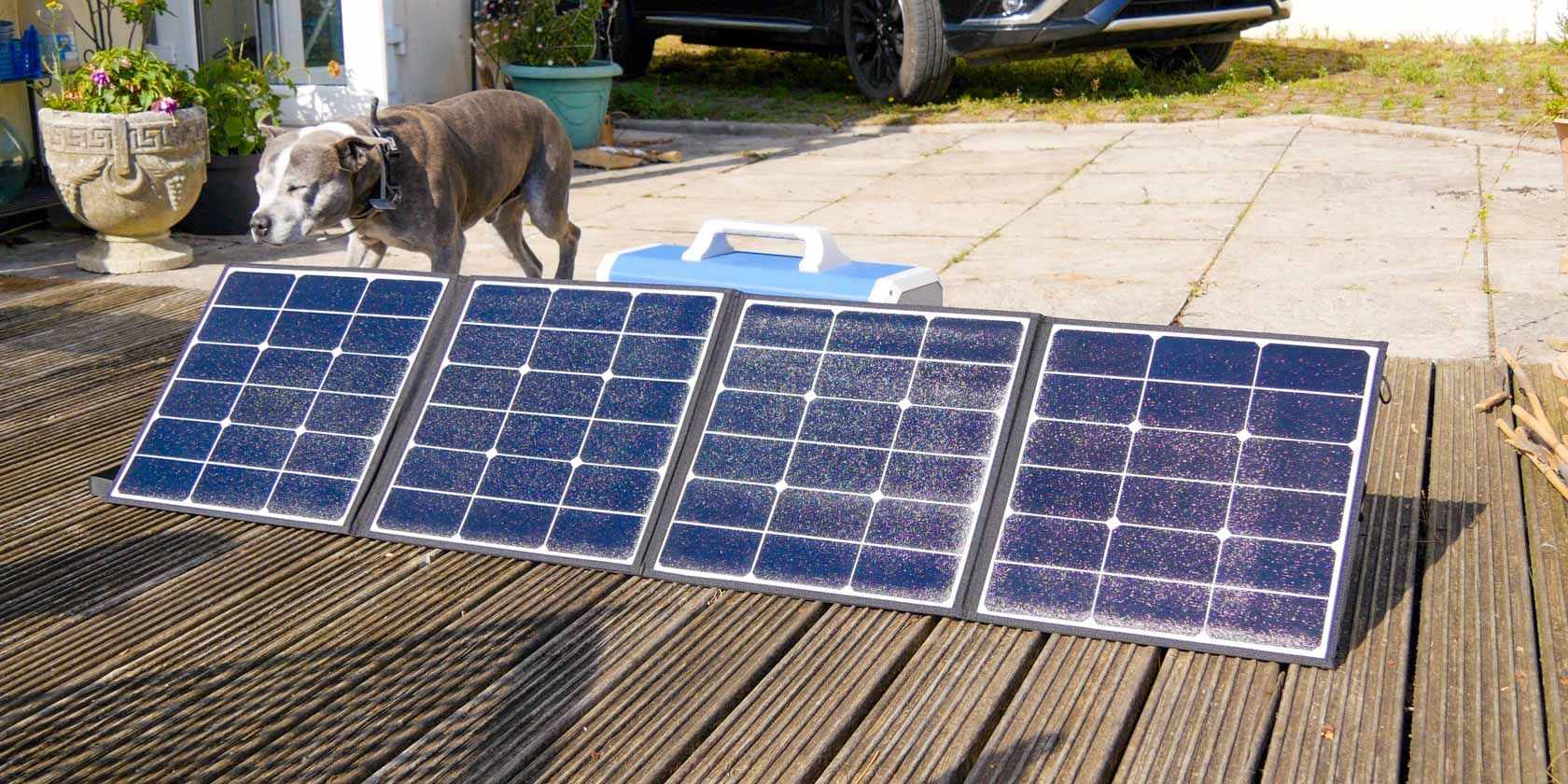
Wi-Fi signal is precious. Moving away from the router invariably means your Wi-Fi signal starts to drop. Go far enough, and you will enter the dark zone: the place where Wi-Fi cannot reach. In that situation, you might wonder how you can boost your Wi-Fi signal. Can you boost it throughout the house? Into the yard? To your neighbors?
The answer is “Yes,” you can. Here’s how you boost your Wi-Fi signal, so you never lose signal again.
How to Boost Your Wi-Fi Signal
Boosting your Wi-Fi signal is a multi-pronged approach. Here are six ways you can boost your Wi-Fi signal to receive better Wi-Fi speeds:
- Upgrade your router to 802.11ac or 802.11ax
- Move your router to boost Wi-Fi signal
- Switch to wireless mesh for greater Wi-Fi signal coverage
- Upgrade your Wi-Fi receivers and antennas
- Use a Wi-Fi extender (AKA repeater)
- Make a DIY Wi-Fi antenna booster
Let’s take a look at each option in detail.
1. Upgrade Your Router to 802.11ac or 802.11ax
One of the easiest Wi-Fi signal boosts is a router upgrade. If you are still using an older 802.11g or 802.11n router, your Wi-Fi performance is lacking. The older Wi-Fi standards, running on older routers, do not have the same power or signal throughput as a modern router using the latest 802.11ac Wi-Fi standard.
Perhaps the most significant difference between the old standards and the newer 802.11ac standard is the data throughput across similar transmission distances. For instance:
- 802.11n, released in 2009, can broadcast around 600Mbps (around 75MB/s) over a maximum range of 300 feet outdoors, and approximately 150 feet indoors. Whereas,
- 802.11ac, released in 2014, can broadcast at around 1.13Gbps (around 166.25MB/s) over a similar range.
The difference is night and day.
What Is 802.11ax?
The IEEE upgrade the 802.11 set of wireless standards every few years. The current standard, 802.11ac, hit routers in 2014. Now, in 2019, the IEEE is working with router manufacturers and other hardware developers to integrate the new 802.11ax Wi-Fi standard.
Like all Wi-Fi standard upgrades, 802.11ax increases throughput, as well as range and the number of devices that a single router can simultaneously communicate with. Another significant 802.11ax upgrade is the number of Wi-Fi channels available to your network, introducing 256 sub-channels to ease network congestion.
You can learn more about the new 802.11ax Wi-Fi standard here. It is very interesting!
Solution: If you can afford to, upgrade to an 802.11ax router. You’re future proofing your home network for the next generation of wireless devices that will inevitably enter your home.
However, an 802.11ac router will keep your home network online for at least another decade, so don’t sweat it too much. (Some of the 802.11ax router prices are eye-watering!)
2. Move Your Router to Boost Your Wi-Fi Signal
Your Wi-Fi signal suffers when you put it under the stairs. Or in a cupboard, or behind a lump of steel wrapped in aluminum foil. Seriously, router placement is important when considering your Wi-Fi range. Placing your router behind a large solid object is a sure-fire way to cut your Wi-Fi range down.
The best location tends to be a hallway, central to your house so that the Wi-Fi signal broadcasts evenly. Of course, that isn’t always possible.
Solution: Move your router to a location clear of clutter, large objects, and other items that can block your Wi-Fi signal. Consider using longer cables to move your router from its current position, if possible.
3. Switch to Wireless Mesh for Greater Wi-Fi Coverage
A wireless mesh network is an excellent way to ensure consistent Wi-Fi signal throughout your home. Mesh Wi-Fi typically uses more than one network device to cover your entire home (or office, etc.) with consistent Wi-Fi signal. This results in the same signal in your downstairs hallway as your upstairs bathroom, and so on.
Unlike a Wi-Fi signal range extender which creates another extended network, the mesh network uses a single unified wireless network. Mesh networks have long seen use in shopping malls, at sporting events, festivals, and so on. But in the last few years, mesh Wi-Fi technology has come into the home.
Wireless mesh networks make it easy to extend, too. Instead of having to spend time configuring a Wi-Fi extender or booster, most wireless mesh network devices connect almost instantaneously to the existing network. In that, wireless mesh networks are an excellent choice for a variety of Wi-Fi range extension situations.
Solution: Consider upgrading to a wireless mesh network to drastically increase the consistency of your home network.
4. Upgrade Your Wi-Fi Antennas and Receivers
Your router has an antenna that it uses to broadcast Wi-Fi throughout your home. Tying into the section above on upgrading to a router using 802.11ac, you should consider upgrading your antennas, too. There are several clear positives to installing better antennas:
- Increased broadcast range: The prospect of an increase to your Wi-Fi broadcast range is one of the most alluring benefits of a high-gain router. Hitting every room in your house with Wi-Fi from a single router sounds like a great idea.
- Broadcast control: A high-gain omnidirectional antenna replaced with a directional antenna grants precise control over your Wi-Fi broadcast direction.
- Faster Wi-Fi speed: On top of the broadcast range increase, you get a potential boost to overall throughput for better efficiency.
Upgrading the antenna on your router is an easy and quick method to boost your Wi-Fi signal.
Solution: Check your router compatibility and find out which antennas are suitable for your network device.
Upgrade Your Wi-Fi Receivers
If you have a device using a plug-in receiver, you can upgrade this. For instance, if you have a desktop using a Wi-Fi dongle to connect to the internet, make sure it is using 802.11ac. If the receiver on your device is old, you will notice slower Wi-Fi speed.
Solution: Double-check any Wi-Fi receiver for its wireless standard. If it isn’t up to standard—802.11ac—it is time for an upgrade.
5. Use a Wi-Fi Extender (AKA Repeaters)
If you have a modern 802.11ac router, but Wi-Fi signal is still an issue, you can use a wireless extender. Wireless extenders let you extend your Wi-Fi range throughout your home without worrying about additional cables or complicated networking. For the most part, Wi-Fi extenders are plug-and-play, though this does vary according to model.
Perhaps the most straightforward option is a powerline Wi-Fi extender. Powerline adapters plug directly into your existing power outlet. You connect a separate plug near your router and connect the two using an Ethernet cable. You then place another adapter where you need to increase your Wi-Fi signal, and voila, you have Wi-Fi in every room, on every floor.
Powerline adapters, however, are only as good as the electrical wiring in your house. If you have a particularly old home, a powerline Wi-Fi extender might not offer the signal boost you want. Here are some of the differences between a Wi-Fi extender and a powerline adapter.
Solution: Consider how old the wiring in your home is. If it is very old, a dual-band Wi-Fi extender is a great Wi-Fi signal boosting option. Otherwise, check out powerline adapters that also feature dual-band Wi-Fi. (As a bonus, powerline adapters have Gigabit Ethernet ports, too!)
6. Make a DIY Wi-Fi Antenna Booster
Another simple but effective solution is the DIY Wi-Fi antenna booster. You can quickly and easily knock-up a DIY Wi-Fi signal booster using hardware found around your home. Don’t believe me?
Check out Ian Buckley’s Pringles Cantenna:
Follow his tutorial and find out how to make your own Wi-Fi signal boosting cantenna!
The type of DIY antenna you need depends on the distance you need your signal to travel. Numerous online tutorials explain how certain types of DIY Wi-Fi signal boosters work, how you construct one, and how to tweak it for performance.
Solution: Follow Ian’s tutorial and improve your Wi-Fi signal.
Boost Your Wi-Fi Signal
One of the above solutions should increase your Wi-Fi signal throughout your home. Some will even let you extend your Wi-Fi signal into your garage, down to your garden, and so on. Wi-Fi signal issues are a bane of modern life, so don’t sit around suffering.
However, remember that with greater Wi-Fi signal comes the responsibility of securing your network. If you increase the range, can more people access your Wi-Fi network without you realizing? Once you extend your Wi-Fi range, check out how to secure your Wi-Fi and stop neighbors stealing it!
Read the full article: How to Boost Your Wi-Fi Signal: 6 Methods
from MakeUseOf https://ift.tt/2NEYZMp
via IFTTT



0 comments:
Post a Comment